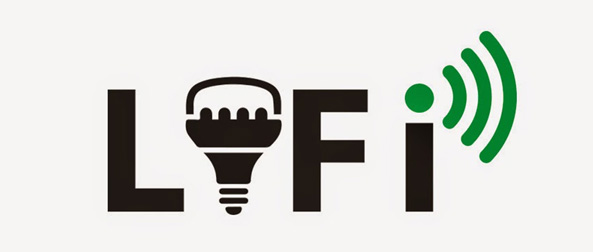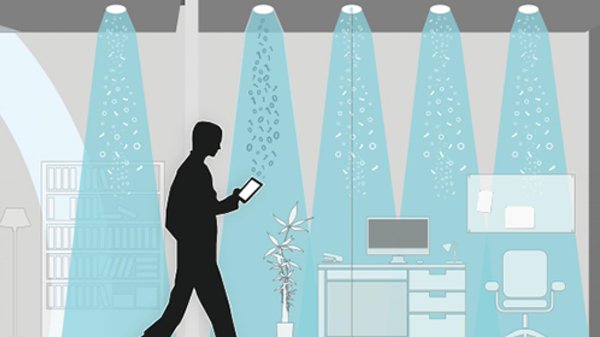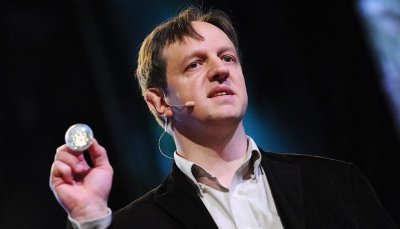[highlight ]Light Fidelity or commonly known as Li-Fi[/highlight] is something straight out of sci-fi, and keeping up to your expectations it is… well sort of. Anyways, it can achieve a [highlight ]bandwidth from anywhere in between of 11.67 kbits/s to 96 Mbits/s[/highlight]. There are a lot of speculations regarding their [highlight ]real life implications[/highlight] which indeed brought up a very[highlight ] important shortcoming, not being able to go through wall[/highlight]. That said you have to completely rely on a unbroken chain of light sources or you may experience a [highlight ]really annoying drop of signal strength if not a complete connection loss[/highlight]. But to contrast that you get a connection speed and can drop your jaws just like that.
But if you are not done with pep talk, here are a few technical details that will fill you up:
[button color=”yellow” size=”big” alignment=”center” rel=”nofollow” openin=”samewindow” url=”#”]Layers Involved[/button]
There are at large two layers:
• [highlight ]Physical Layer (PHY)[/highlight]
• [highlight ]Media Access Control (MAC)[/highlight]
These standards actually enable all the data transmission of audio, video & multimedia content. [highlight ]Very long story very short, PHY is basically responsible for transmission of any kind of data on Li-Fi and anything else that concerns it. Objective of MAC is rather to make sure that your new technology feels welcomed in the existing one so it takes care of compatibility with existing protocols like TCP/IP, etc.[/highlight]
[button color=”black” size=”big” alignment=”center” rel=”nofollow” openin=”samewindow” url=”#”]Physical Layer Protocol[/button]
The standard defines three PHY layers with different rates:
• The[highlight ] PHY I [/highlight]was established for outdoor application and works from [highlight ]11.67 kbit/s to 267.6 kbit/s[/highlight].
• The [highlight ]PHY II[/highlight] layer permits reaching data rates from[highlight ] 1.25 Mbit/s to 96 Mbit/s[/highlight].
• The [highlight ]PHY III[/highlight] is used for many emissions sources with a particular modulation method called [highlight ]color shift keying (CSK)[/highlight]. PHY III can deliver rates from [highlight ]12 Mbit/s to 96 Mbit/s[/highlight].
As discussed earlier you’ll notice that PHY I mentions the lowest of all and PHY III mentions highest of all of transmission rate, which is very understandable given in environment they are meant to operate in.
[button color=”grey” size=”big” alignment=”center” rel=”nofollow” openin=”samewindow” url=”#”]Reflecting Back[/button]
[highlight ]Visible Light Communication (VLC)[/highlight] has been around for relatively long period of time. [highlight ]Its very roots can be dated back to 1800s’[/highlight]. Several companies have been known and seen having trying their expertise on the technology which includes[highlight ] prominent names like Phillips Lighting[/highlight]. Even tough the [highlight ]technology may be in its infancy but it has also shown some promising results[/highlight] already, and have seen eye to eye with speculators and have moved passed it.
[button color=”blue” size=”big” alignment=”center” rel=”nofollow” openin=”samewindow” url=”#”]Man Himself[/button]
[highlight ]Prof. Harald Hass of German origin, got his PhD from University of Edinburgh in 2001, who also happens to be teaching there as well.[/highlight] He has been [highlight ]credited for coning the term “Li-Fi”[/highlight] and was recognized by[highlight ] TIME Magazine 2011[/highlight] and was mentioned in among 50 best innovations. He also has his affiliations with brand called [highlight ]Pure Li-Fi[/highlight]. Later this technology was brought to world in TED Global by Harald Hass himself.
Check LiFi in action.






